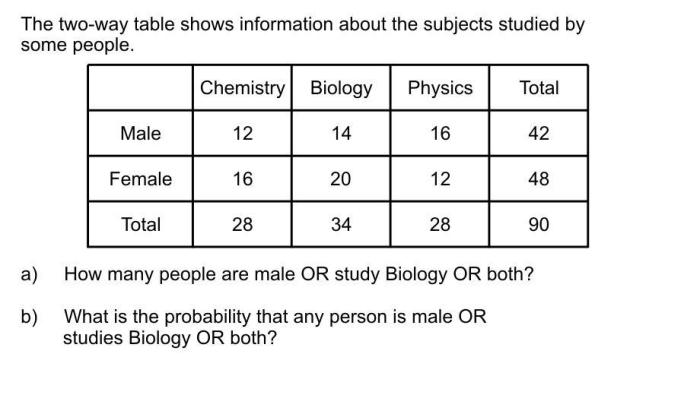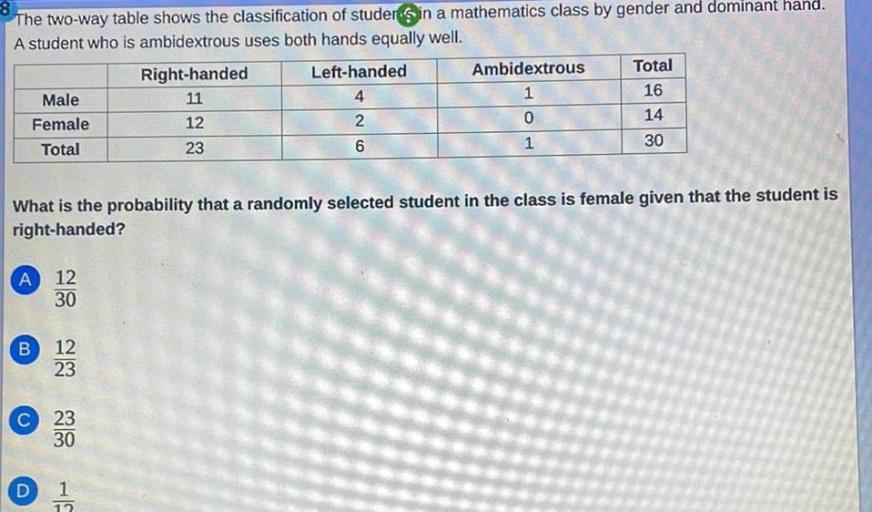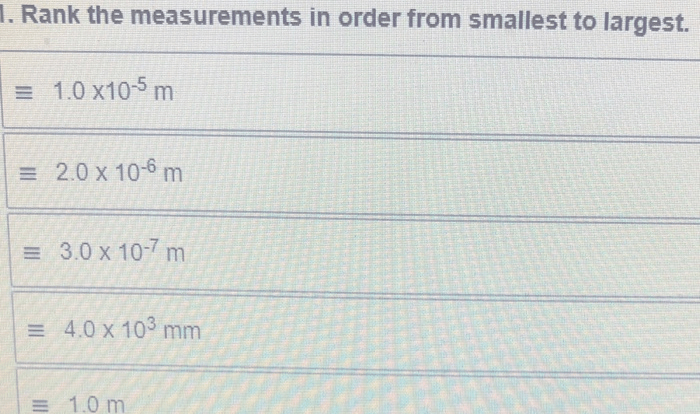The two way table shows the number of gold – The two-way table, an indispensable tool in data analysis, unveils the intricate relationship between variables. It presents a comprehensive overview of data, facilitating the identification of patterns and trends that would otherwise remain hidden. Delving into the depths of this table, we embark on a journey to unravel the secrets it holds.
This two-way table provides a structured framework for analyzing data, revealing the interplay between rows and columns. Each row represents a distinct category of one variable, while each column represents a category of another variable. The values within each cell represent the intersection of these categories, providing valuable insights into the relationship between the two variables.
Two-Way Table Overview: The Two Way Table Shows The Number Of Gold

A two-way table, also known as a contingency table, is a statistical tool that displays the frequency of occurrence of two categorical variables. It provides a visual representation of the relationship between the variables and allows for easy analysis of the data.
In a two-way table, the rows represent one variable, and the columns represent the other variable. The cells of the table contain the counts or frequencies of the occurrences of the two variables.
Row and Column Analysis
To analyze the data in a two-way table, it is helpful to look at each row and column individually.
- Row Analysis:Examine the values in each row to identify any patterns or trends. This can help you understand the distribution of the row variable.
- Column Analysis:Similarly, examine the values in each column to understand the distribution of the column variable.
Cell Value Interpretation, The two way table shows the number of gold
The values in each cell of a two-way table represent the frequency of occurrence of the combination of the row and column variables.
To interpret the values, consider the following:
- Absolute Value:The absolute value of a cell represents the actual number of occurrences.
- Relative Value:The relative value of a cell, often expressed as a percentage, represents the proportion of occurrences compared to the total number of observations.
Table Visualizations
To enhance the understanding of the data, it is often helpful to visualize the two-way table.
One common way is to use an HTML table tag structure:
<table>
<tr><th>Row Variable</th><th>Column Variable</th></tr>
<tr><td>Value 1</td><td>Value 2</td></tr>
<tr><td>Value 3</td><td>Value 4</td></tr>
</table>
This visualization allows for easy viewing of the data and quick identification of patterns and relationships.
Common Queries
What is the purpose of a two-way table?
A two-way table is used to analyze the relationship between two categorical variables by displaying the frequency or count of observations for each combination of categories.
How do you interpret the values in a two-way table?
The values in a two-way table represent the number of observations that fall into each combination of categories. They can be used to calculate percentages, proportions, and other statistical measures to assess the relationship between the variables.
What are the limitations of a two-way table?
Two-way tables can only be used to analyze relationships between categorical variables. They cannot be used to analyze relationships between continuous variables or to make causal inferences.



